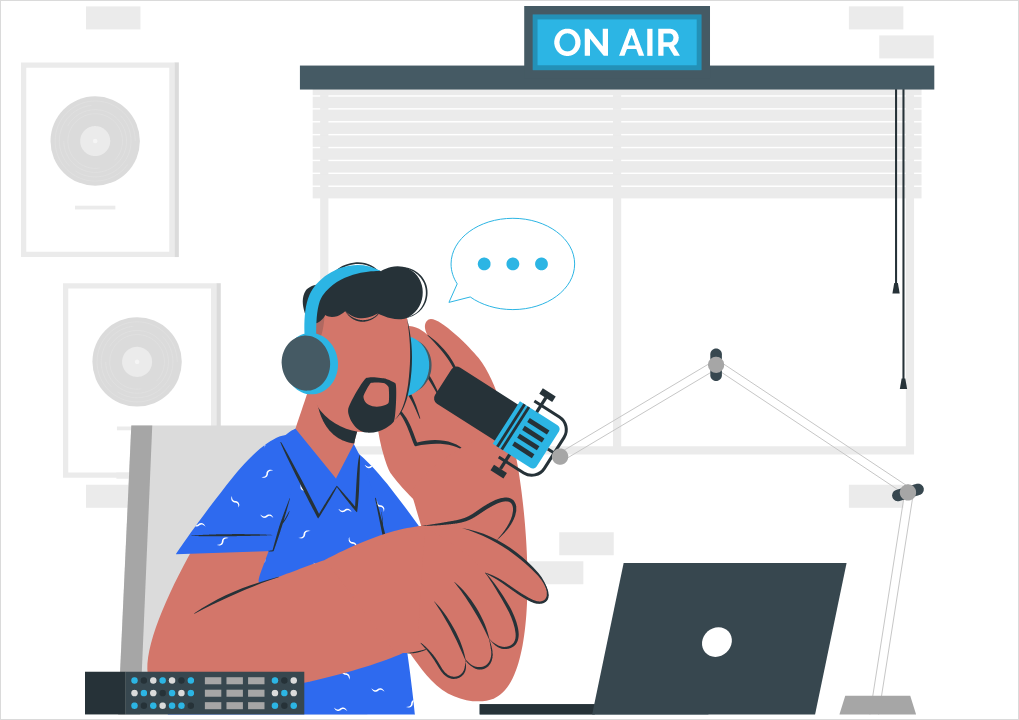Google Ads formerly known as Google Adwords Is an online advertising platform developed by Google.
If you are looking to promote your business online, google display ads can be a great way to reach people who are browsing the net through their mobile devices, checking their Gmail, or watching videos on YouTube
Google Display Ads are visual-based advertisements part of the Google Display Network.
What’s the great thing about Google display Ads & Google Display Network?
The ads shown here have the potential to reach a large audience which makes up to 90% of internet users worldwide across millions of websites, blogs, and Google-owned websites like YouTube and Gmail.
From banner ads to video ads, when was the last time you remember seeing an ad that said “Click Here” and you were convinced enough to click on it?
Can you put language like “Click Here” into a display image ad on Ad Words/Google Display ad network?
Google has stated in its Advertising policies that display ads containing a generic call to action such as “click here” or “click to learn more” will not be encouraged in their ads.
The Google Ads policy can be a bit confusing when it comes to unsuitable language for image ads.
The Google Image Policy Page puts a lot of stress on the idea that banner ads cannot fade onto a website, look like a site, or a system warning message, to confuse visitors with the design to increase the number of clicks.
However, it doesn’t prohibit advertisers from using a button that says “click here.”
Many marketers seem to be confused on this point and don’t know that they could take advantage and use the word “click here” in their banner ads.
Our team has tested and run tens of thousands of display ads (if we include different sizes/formats as different ads) and many use “click here” and variations of that. And never has an ad been disapproved of for this reason.
Is Google turning a blind eye on this policy…?
Google Ads Trick to Click Policy
With a primarily CPC-based model, Google generally earns money when a user clicks on an ad.
However, Google doesn’t allow ad behaviors that might trick visitors into clicking the ad.
This may suggest that Google is asking their advertisers to be more creative with their ad copy keeping in mind to serve high-quality ads to the user.
There are many elements to consider when coming up with a creative ad copy that will earn clicks on your ads.
The choice of language is very important, this can have a dramatic impact on the tone of your advertisements.
Some ads use emotional responses such as fear of missing out or even comedy to tempt visitors to click on them, whereas others use special offers to make their ads more compelling and click-worthy.
Google is discouraging marketers not to use a generic call to action such as “click here” or “click to learn more” onto display image ads since people are getting smarter by the day and the click-through rate for these types of ads is usually quite low.
Given that Google Ads’ system is partly based on cookies and keywords determined by advertisers, spend more time doing your keyword research – the fundamental building block which will make Google Ads work for your business.
Keep an eye for keywords that are high in search volume but less in competition relevant to your business and audience, so that your ads will have a high chance of being shown to relevant users when those keywords are entered.
Once you’ve decided on the keywords you are going to use in your ads, start writing and creating compelling ads that simply beg to be clicked!
Here are a few tips for creating click-worthy ads
Prioritize the headline of your ad – The headline needs to be the main focus of the ad copy as it is the main component searchers are most likely to read
- Keep your ads current – by keeping your ads current, users may feel it’s more relevant and interesting to check out something which happened recently rather than what happened 3 months ago!
3 Fear of Missing Out – Did you know that we are motivated by the idea of losing out than the idea of gaining something?
This psychological trigger is called loss aversion and it can be a great way of boosting your Google Ads click-through and conversion rates. By creating a sense of urgency in your ad copy, users feel like they will miss out by not taking action.
Eg – 40 % off all electronics if coupon code “FOMO” is used in the next 4 hours.
Google goes on to say that all ads, extensions, and destinations should meet high editorial standards and will only allow ads that are clear, professional, and relevant.
This may result in more quality ad clicks being generated and a better user experience with ads that are being served on the Google Display Network
While we suggest it’s safe to go ahead with it. Don’t forget to be more creative and think out of the box the next time you are drafting your ad copy keeping in mind to adhere to the standards put in place by Google!
Head on over to PPC Certification to stay up to date on the best PPC industry practices and earn a badge of certification allowing you to showcase your PPC skills and win your client’s trust.
Let us know your thoughts in the comments down below!






